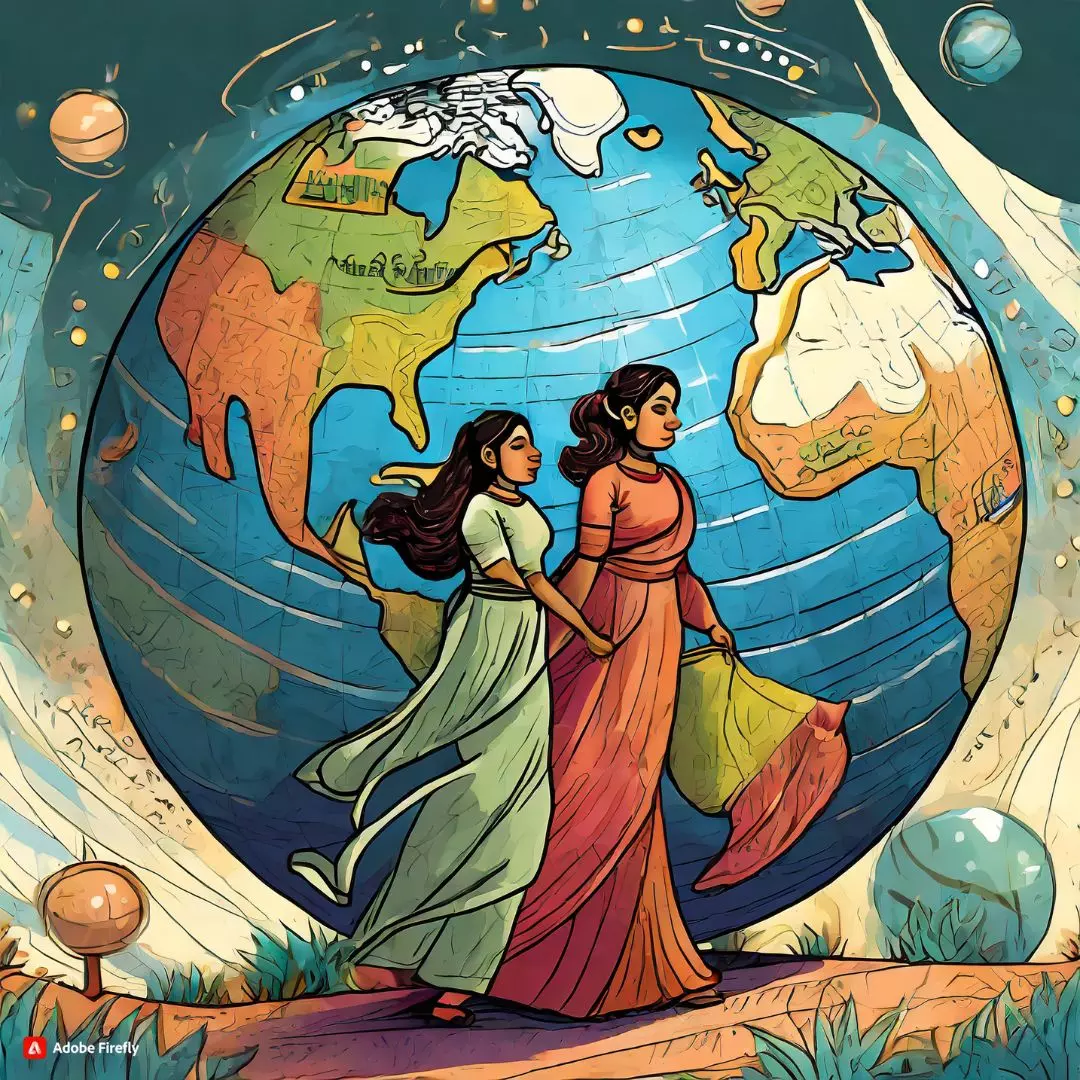For centuries, the fields of science, technology, engineering, and mathematics (STEM) have predominantly been male-dominated, dating back to the 18th century during the Age of Enlightenment. However, a shift is underway, challenging the historical gender disparity within these disciplines. Scholars are actively exploring the roots of this inequality, while initiatives are being implemented to address and rectify the imbalance, acknowledging that STEM careers are universally appealing and well-compensated.
Exploring Historical Constraints:
Women’s participation in STEM has been historically limited and often underreported. Scholars point to deeply ingrained gender roles, persistent sexism, and psychological differences as contributing factors. Efforts by historians to unveil the overlooked contributions of women in science reveal their involvement in fields such as medicine, botany, astronomy, algebra, and geometry dating back to ancient times.
Barriers to Entry:
The development of industrial technology, including early achievements like the steam engine, was predominantly led by men. The establishment of universities in the Christian tradition, initially exclusive to men, continued to hinder women’s access to formal higher education until the late 19th century, making it challenging for them to enter specialized STEM disciplines.
Rise of Women in STEM:
The term “STEM” was coined in 2001, emphasizing the importance of education and career choices. Despite historical barriers, women’s participation in STEM started gaining traction in the 1970s and 1980s. Fields like biotechnology now boast nearly 50% female participation, showcasing a positive trend towards greater inclusivity.
Challenges in Attitudes and Aspirations:
Studies indicate that various factors influence attitudes toward achievement in mathematics and science, including parental encouragement, teacher interactions, curriculum content, hands-on experiences, and high school achievements. Research findings on gender-based differences in attitudes toward science remain mixed, challenging preconceived notions.
Effects of Under-Representation:
The under-representation of women in STEM careers has economic implications. In Scotland, despite a significant number of women graduating in STEM, the failure to transition into STEM careers is noted. The Royal Society of Edinburgh estimates that doubling women’s high-skill contributions to Scotland’s economy could yield substantial economic benefits.
Global Perspectives:
International agencies, including UNESCO, have highlighted the global underrepresentation of women in STEM fields. However, making meaningful statistical comparisons remains challenging due to variations in terminology and social contexts across countries.
Regional Insights:
In Africa, Sub-Saharan tech workforce sees a rising share of women, reaching 33.5% in 2018. In Asia, the balance varies, with Central Asia having the most equal distribution of women in STEM. Latin America sees nearly half of PhD degrees pursued by women, although representation at decision-making levels remains a challenge.
North America’s Mixed Progress:
In the United States, women comprise 43% of the STEM workforce, with variations in different fields. However, gender pay gaps persist, and women in STEM fields continue to earn less than their male counterparts.
Initiatives and Future Prospects:
Initiatives globally aim to bridge the gender gap in STEM, including Women in STEM Australia, SAGE in Australia, and efforts by European Commissioner Mariya Gabriel. These initiatives focus on challenging stereotypes, promoting digital skills, and advocating for women entrepreneurs.
While progress has been made in increasing women’s participation in STEM, challenges persist. Efforts to address historical constraints, change societal perceptions, and provide equal opportunities are crucial. The global community’s commitment to fostering inclusivity in STEM will not only enhance economic growth but also ensure a diverse and innovative future for these critical fields.
Also Read: Digital Revolution In India: Transforming Infrastructure & Empowering Citizens











